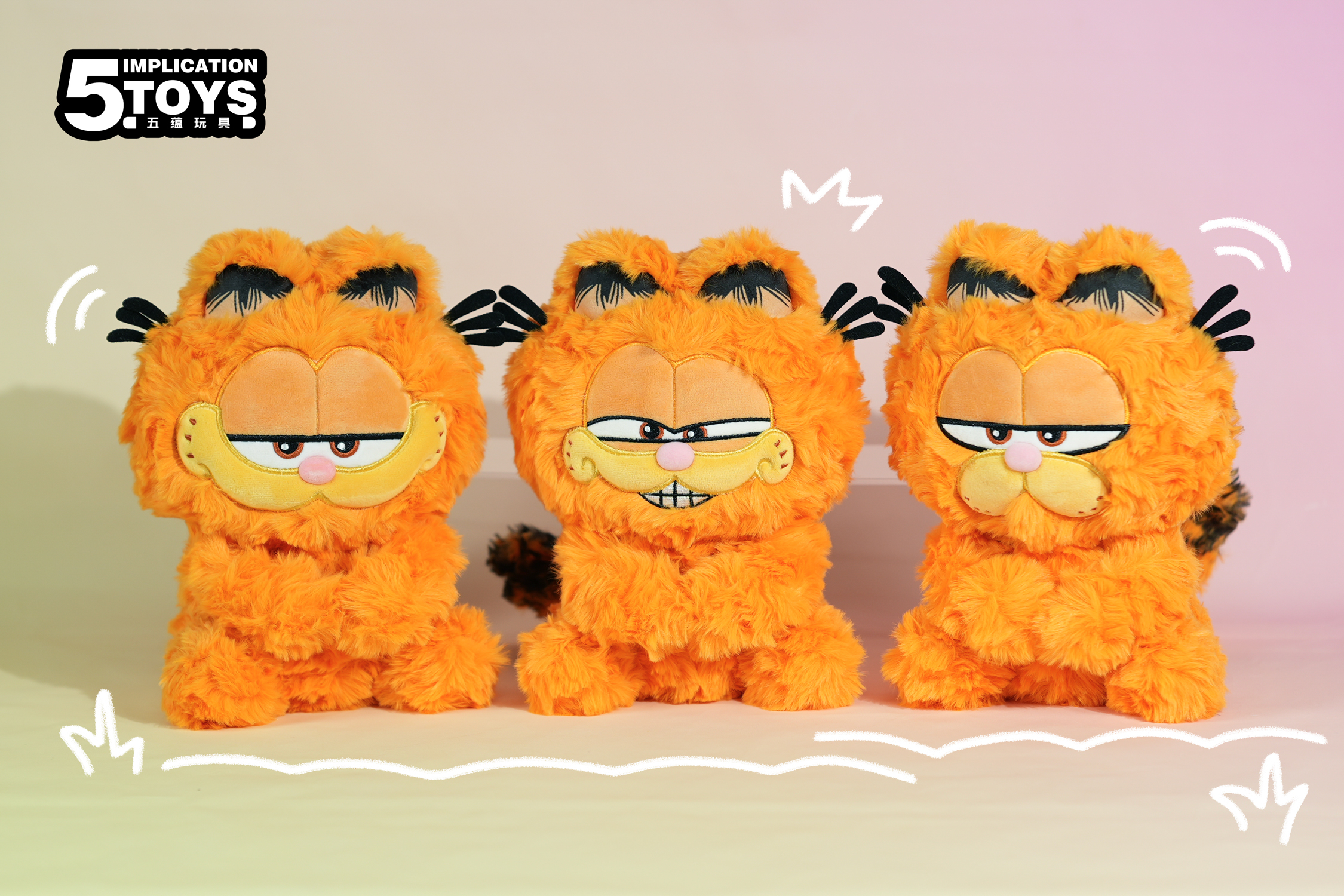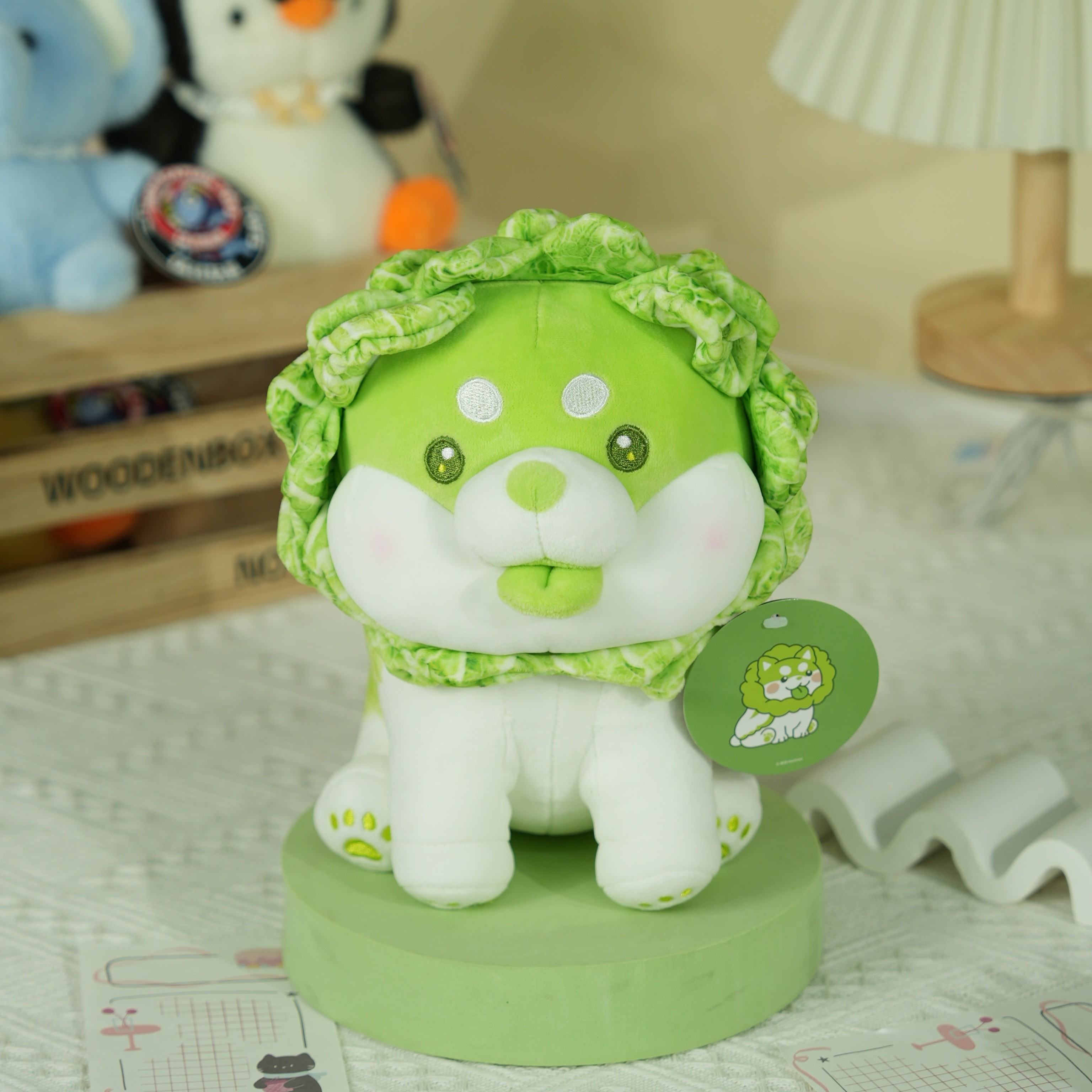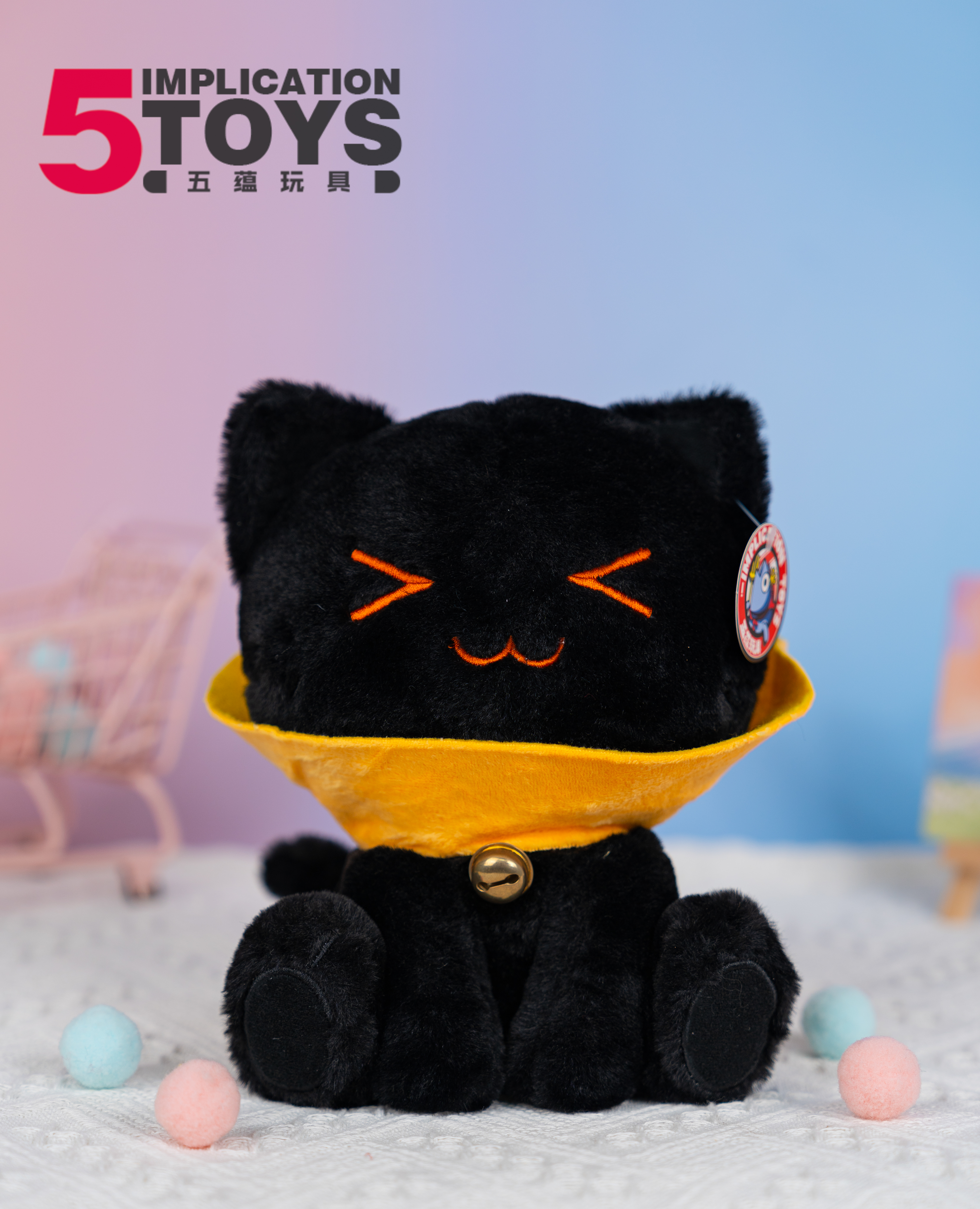Creating a custom plush toy has become one of the most effective ways for brands, creators, IP owners, and small businesses to bring unique characters to life. Whether the goal is to produce a mascot plush, a limited-edition collectible, a promotional stuffed animal, or a character from an animation or game, understanding the entire process is critical for smooth development.
This guide explains how to create a custom plush toy step by step, while also covering important topics such as design requirements, sample production, material options, safety standards, factory communication, and mass manufacturing. For businesses that want reliable OEM plush toy production, companies like Ngwantoy offer full-service support, from concept to final shipment.
Why Custom Plush Toys Are Gaining Popularity
Before diving into the process, it's important to understand why custom plush toys have become so widely used. Businesses and creators choose plush manufacturing because:
- Custom plush toys strengthen brand identity
- They are ideal for crowdfunding, ecommerce brands, and IP licensing
- Plush products work extremely well in gift shops, theme parks, character merchandising, and corporate promotions
- They have stable global demand
- Custom plush toys allow endless creativity—mascots, animals, characters, fantasy creatures, logos, etc.
Search queries such as ''how to make a plush toy,'' ''custom plush manufacturing,'' ''OEM stuffed animal factory,'' ''how to create a character plush,'' and ''custom plush toy design'' have grown significantly in recent years, showing strong user intent and commercial potential.
Step 1: Start With a Clear Character Concept
The first essential stage in custom plush toy production is defining your concept.
Provide Detailed Reference Materials
To start a project, factories typically require:
- Front, side, and back character drawings
- Colors (Pantone preferred)
- Size requirements
- Facial expressions
- Any accessories (clothes, embroidery, hats, props, wings, etc.)
Characters with clear visual direction reduce revision time and cost. When clients work with Ngwantoy, many receive free consultation on optimizing drawings for manufacturing, ensuring their idea can be reproduced accurately in plush form.
Step 2: Choose the Right Plush Toy Materials
Materials directly affect softness, durability, and appearance. Factories typically offer several material options:
Common Plush Fabrics
- Minky fabric for soft baby plush
- Short-pile plush for mascots
- Velboa for cost-effective large-volume plush
- Sherpa / fluffy fabric for textured animals
- Eco-friendly recycled plush materials for sustainable brands
Ngwantoy provides fabric swatches during sampling so clients can choose the best texture for their character.
Step 3: Create the Prototype (Plush Toy Sample)
The sample-making stage is where your idea becomes physical. This is the most important step in custom plush manufacturing.
Pattern Making
Expert pattern makers convert 2D drawings into 3D patterns. Accurate patterns determine:
- Shape accuracy
- Balance and structure
- Sewing details
- Final overall look
Embroidery and Printing
Factories use:
- Embroidery machines for eyes and facial details
- Heat-transfer printing for patterns
- Woven labels and custom tags
High-quality facial embroidery is a major reason brands choose professional factories rather than freelancers.
Sample Review and Revisions
Most projects require one to three rounds of revisions before approval. Ngwantoy provides high-resolution sample photos and offers suggestions on structural improvements if needed.
Step 4: Safety Standards and Quality Requirements
Businesses selling plush toys—especially in the US and EU—must meet safety regulations such as:
- CPSIA (USA)
- EN71 (EU)
- ASTM F963
- REACH requirements
- Needle detection for stuffed toys
Ngwantoy ensures compliance by providing material certificates, internal QC reports, and guiding clients through third-party testing when required.
Step 5: Mass Production of Plush Toys
Once the sample is approved, the project moves to production.
Cutting and Sewing
Fabrics are cut using patterns, then transferred to sewing teams. Consistent sewing is essential for maintaining shape.
Stuffing and Shaping
Factories use soft PP cotton, foam, or custom stuffing materials. Proper filling ensures a balanced, premium plush.
Quality Control and Packaging
QC teams check:
- Symmetry
- Embroidery accuracy
- Stitch strength
- Fabric flaws
- Safety compliance
Packaging options include polybags, custom boxes, hangtags, and barcode stickers.
Ngwantoy accepts low-MOQ and high-MOQ orders, making it suitable for both small creators and established brands.
Step 6: Shipping and Logistics
Clients can choose:
- Air freight (fast for small quantity)
- Sea freight (cost-effective for large shipments)
- DDP shipping to major countries
Ngwantoy supports global delivery and can offer packaging consultation to reduce freight cost.
Why Choose a Professional Plush Manufacturer Like Ngwantoy
There are many reasons businesses prefer working with an experienced OEM plush factory such as Ngwantoy:
- Over 10 years manufacturing OEM plush toys
- Professional pattern-making team
- Custom material sourcing
- Support for small batch custom plush toys
- Strong QC control and test compliance
- Fast sample turnaround
- Competitive pricing
Choosing the right partner ensures your plush toy design is produced accurately, safely, and efficiently.
Conclusion
Creating a custom plush toy is a rewarding process that combines creativity, engineering, material expertise, and manufacturing efficiency. By understanding each stage—from design and sampling to testing and production—you can bring your ideas to life with confidence.
Whether you are a creator launching a new character, a brand planning merchandise, or a business developing corporate mascots, following a clear step-by-step process ensures smooth development.
For teams needing reliable OEM support, Ngwantoy provides end-to-end custom plush toy manufacturing, helping clients turn ideas into high-quality plush products that meet global standards.



